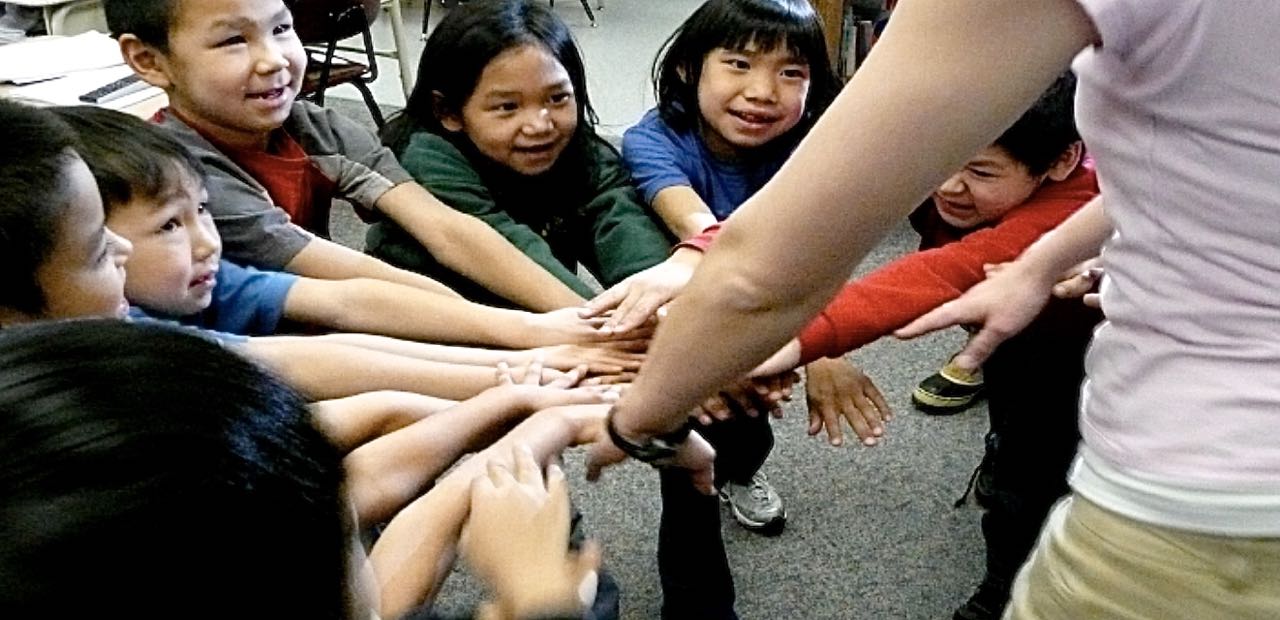
Ryan Murphy, Chief Revenue Officer, Lynx Education
During COVID, schools and communities benefited greatly from the federal dollars that were available for moving traditional classrooms to remote learning. Essentially overnight, sweeping initiatives put new devices in the hands of kids across the country. A problem we had all been working decades to solve was suddenly gone.
However, districts are now left with the unsettling realization that this level of access needs to be kept up somehow. As technology gets older, it has to be replaced. Replacing technology has never been cheap, so schools are left with the impossible proposition of maintaining a new normal where every student has access to a device for learning.
How do we fund that? How do we make sure this wasn’t a one-time event? The answers to those questions are not simple, and in fact, they require a lot of real work and discussion.
One thing for district leadership to consider is the model that enterprise and post-secondary institutions have largely adopted; a sustainability plan that leverages aging technology assets to upgrade and maintain a future-proof fleet, lowering the total cost of ownership.
How it works
- Assessment & Valuation: Schools work with vendors to assess the condition and value of their current devices, taking into account factors like age, functionality, and market demand. Devices that are still functional can be refurbished and sold.
- Device Buyback: Schools partner with companies that buy used devices. These programs offer schools a fair price for their aging devices.
- Funds for Technology Upgrades: The funds received from the buyback program can be reinvested in purchasing new, sustainable technology or upgrading existing devices. Many institutions leverage 3 or 4-year leases to maintain a manageable year-to-year cost.
- Responsible & Eco-Friendly Disposal: All devices can be erased or destroyed using certified and industry-level standards. Devices that can no longer be used are disposed of in an environmentally responsible manner, reducing electronic waste and disposal costs.
Benefits
- Supports sustainable models of student access to technology.
- Provides a potentially untapped or underutilized funding source.
- Encourages responsible use habits for modern technology.
- Reduces electronic waste.
The Association of Alaska School Boards supports strategies and partnerships that promote responsible fiscal and environmental policies. Sustainability planning is vital as we look to maintain student access to technology at current post-pandemic levels. This means that districts will need to consider creative funding opportunities.
With that in mind, AASB will be helping districts by providing logistical support and education to any school districts interested in learning more about asset disposition and buyback.

Contact Information
Ryan Murphy, Chief Revenue Officer, Lynx Education
907-715-7080
